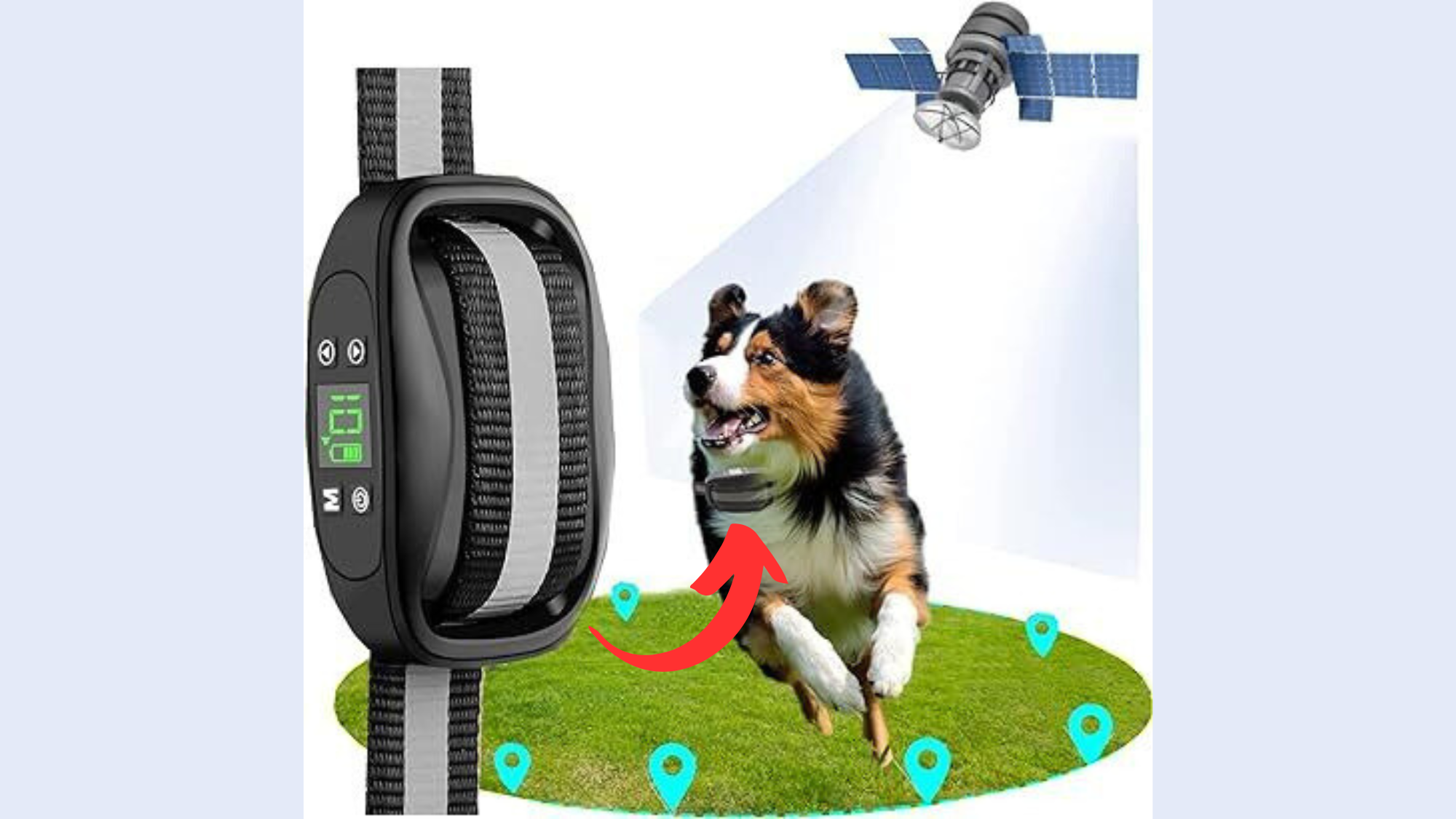A wireless dog fence is a modern solution for pet owners looking to keep their dogs safely contained without building a physical fence or burying underground wires. These fences rely on a radio signal or GPS technology to create an invisible boundary. When a dog crosses the boundary, the system alerts the pet with a warning beep or mild static correction through a receiver collar.
Understanding the wireless dog fence cost is essential for making an informed decision. In this article, we will explore the pricing factors, installation costs, maintenance, and additional expenses associated with wireless dog fences.
By the end, you will have a clear picture of whether this option is right for you and your furry friend. For detailed guidance on ensuring the perfect collar fit for your St. Bernard, check out the Proper Techniques for Adjusting a St. Bernard’s Collar to keep your dog comfortable and secure.
Blog Highlights
ToggleHow Does a Wireless Dog Fence Work?
Unlike underground dog fences that require physical boundary wires, wireless dog fences work using a central transmitter or GPS tracking system. The transmitter emits a circular signal that creates an adjustable boundary.
Key Components of a Wireless Dog Fence:
- Transmitter – The base unit placed inside the home or yard that sends out a signal to define the boundary.
- Receiver Collar – A special collar worn by the dog that detects the boundary signal and issues alerts.
- Power Source – Most transmitters plug into a power outlet, while some operate on batteries.
- Correction System – The collar may have warning beeps, vibration alerts, or mild static correction to train the dog to stay within the boundary.
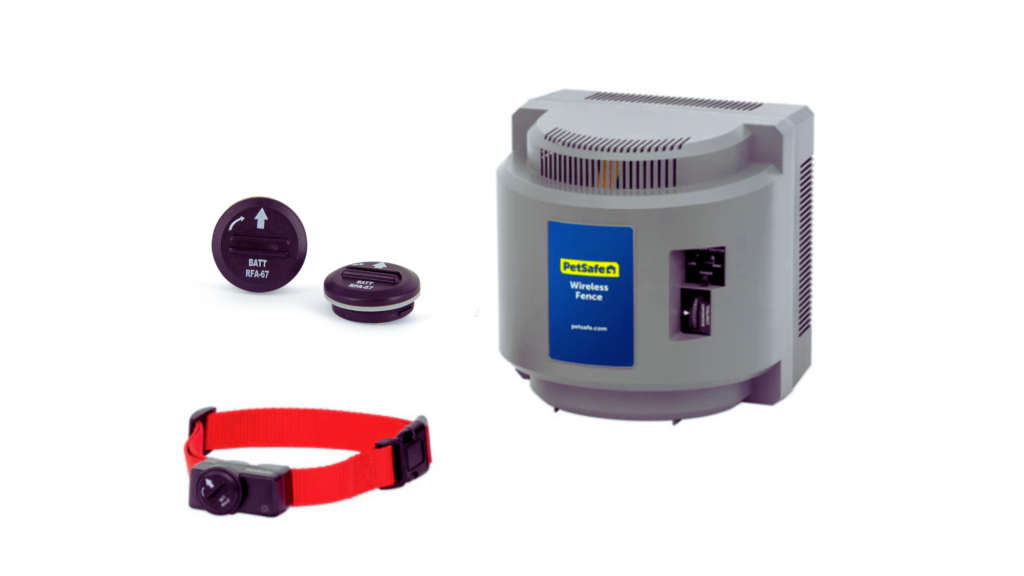
Because wireless dog fences don’t require underground wires, they are easy to install and can be set up within a few hours. Ensure your Newfoundland’s comfort and security with expert tips on How to achieve a secure collar fit for a Newfoundland.
Cost of a Wireless Dog Fence
The cost of a wireless dog fence depends on several factors, including brand, range, number of dogs, and additional features.
1. Basic Wireless Dog Fence Cost
The average price of a wireless dog fence system ranges between $100 and $500.
2. Additional Costs
Beyond the initial purchase, pet owners should consider additional expenses:
Factors Affecting Wireless Dog Fence Cost
Several factors influence the cost of a wireless dog fence. Understanding these factors will help pet owners make an informed purchase.
1. Range and Coverage Area
The larger the area you need to cover, the more expensive the system may be. Basic models cover 0.5 to 1 acre, while premium systems can cover up to 100 acres using GPS technology.
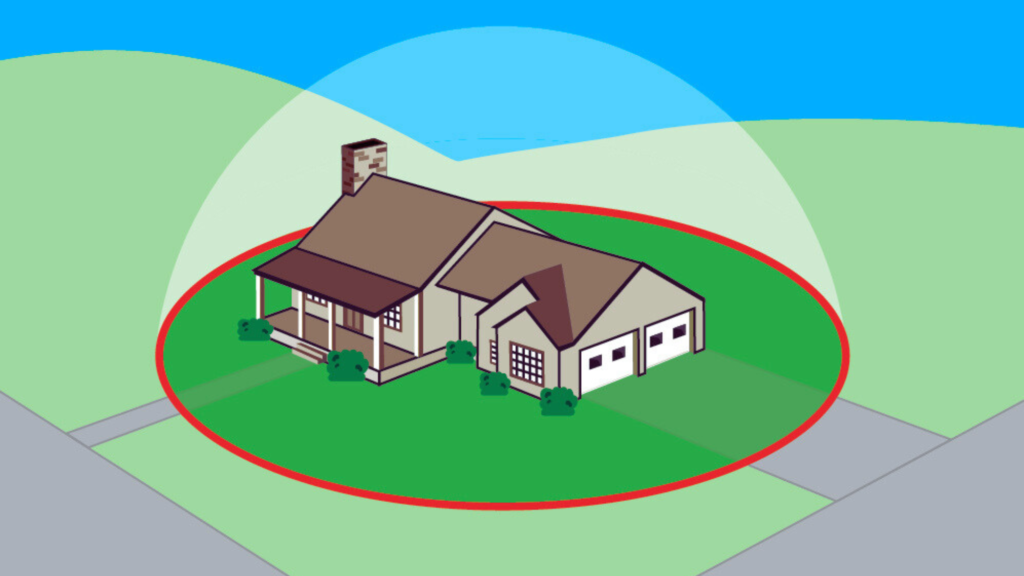
2. Type of Wireless System
There are two main types of wireless dog fences:
- Radio Signal-Based Systems – More affordable, but limited to a circular boundary.
- GPS-Based Systems – More expensive, but customizable for irregularly shaped yards.
3. Number of Dogs
Most wireless fences support one dog, but if you have multiple dogs, you’ll need to purchase additional collars ($50 – $300 each).

4. Brand and Quality
High-end brands like Pet Safe, Spot On, and Halo Collar offer advanced features like GPS tracking, app control, and adjustable boundaries. These premium features increase the price.
5. Built-In Training Features
Some wireless fences come with built-in training programs, allowing dog owners to customize corrections, track their pet’s location, and set personalized boundaries. Discover the ideal fit by learning the Best collar size for a Newfoundland dog to ensure your pet’s comfort and safety.
Installation Costs for a Wireless Dog Fence
One of the biggest advantages of a wireless dog fence over an underground fence is ease of installation.
1. DIY Installation Cost
Most wireless fences are designed for do-it-yourself (DIY) installation, which eliminates labor costs. The only expenses are the cost of the fence system and potential accessories like extra collars or boundary expansion kits.
2. Professional Installation Cost
While wireless fences don’t require professional installation, some pet owners prefer expert setup.
Wireless Dog Fence vs. Underground Dog Fence: Cost Comparison
Choosing between a wireless and underground dog fence depends on budget, property size, and dog behavior.
Maintenance Costs and Long-Term Expenses
While wireless dog fences are low-maintenance, some ongoing costs should be considered.
1. Battery Replacement
Some receiver collars use replaceable batteries, while others have built-in rechargeable batteries.
- Replaceable batteries: $10 – $50 per year
- Rechargeable batteries: $20 – $100 (when replacing after 1-3 years)
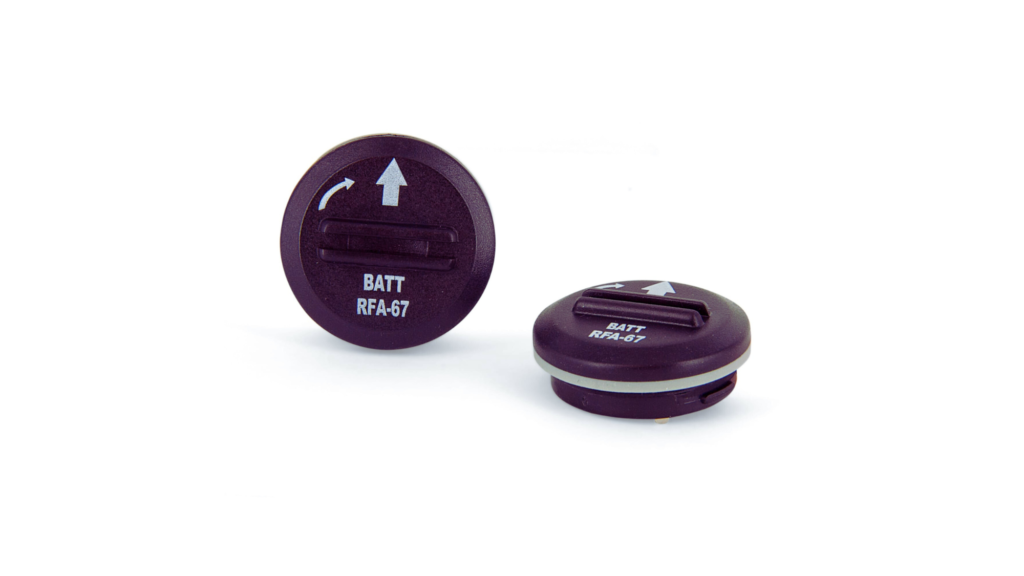
2. Collar and Transmitter Maintenance
- Collar Replacement: $50 – $300 if damaged or lost.
- Transmitter Replacement: $100 – $400 depending on the model.
3. Software Updates (GPS Models)
GPS-based wireless fences may require software updates to improve performance, typically available for free through manufacturer apps. For expert tips on the Best way to fit a collar on a Belgian Shepherd, this guide offers simple steps to ensure your dog’s collar fits securely and comfortably.
Are Wireless Dog Fences Worth the Cost?
Investing in a wireless dog fence depends on your pet’s behavior, your property layout, and budget.
Pros of Wireless Dog Fences:
✅ Affordable compared to traditional fences
✅ Easy DIY installation
✅ Portable and adjustable
✅ No need to dig or bury wires
Cons of Wireless Dog Fences:
❌ Limited boundary shape (circular only for most models)
❌ Signal interference from metal objects or walls
❌ Not suitable for dogs that ignore corrections
How to Choose the Best Wireless Dog Fence for Your Budget
A wireless dog fence is an excellent way to keep your dog safe while giving them the freedom to roam within a designated area. These systems use radio signals or GPS technology to create invisible boundaries, preventing your dog from wandering off without the need for physical fences.
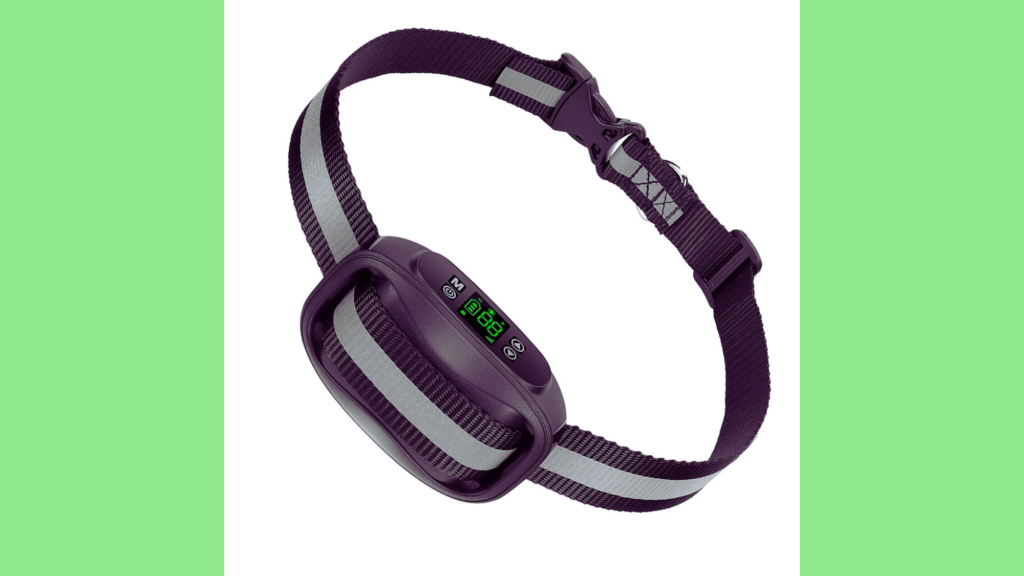
However, choosing the right wireless dog fence for your budget can be challenging. Prices range from affordable basic models to high-end GPS-based systems with advanced features. To get the best value for your money, it’s important to consider key factors like features, reliability, and long-term costs.
1. Set a Budget
Before diving into different models, you need to determine how much you’re willing to spend. Wireless dog fences come in various price ranges, typically between $100 and $1,000, depending on the brand, coverage, and features.
Factors That Affect the Cost
Several factors influence the price of a wireless dog fence:
- Size of Your Property – Larger coverage areas require more powerful systems, which can be more expensive.
- Number of Dogs – If you have multiple dogs, you may need additional receiver collars, increasing the overall cost.
- Technology Type – Basic models use radio frequency, while high-end options rely on GPS technology for more precise boundaries.
Finding the Right Balance
If you’re on a tight budget, a basic wireless fence can still work well, but you may need to compromise on range and features. If you have a larger yard or multiple dogs, a mid-range or high-end system may be a better long-term investment.
2. Compare Features
Not all wireless dog fences are created equal. The best way to ensure you’re getting the most value for your money is to compare features and capabilities before making a purchase.
Key Features to Look For
- Adjustable Correction Levels
- Some dogs may need a stronger or milder correction depending on their temperament. Look for fences that allow you to customize static correction, vibration, or tone settings.
- Range and Coverage
- Consider the size of your yard. Some fences cover 1/2 acre, while advanced GPS fences can create custom boundaries up to several acres.
- Portability
- If you travel frequently or go camping with your dog, a portable wireless fence is a great option. These models can be easily set up in different locations.
- GPS vs. Radio Signal
- Radio signal fences create a circular boundary and are easy to set up.
- GPS-based fences offer more accuracy and customizable boundary shapes, ideal for large properties.
- Battery Life and Charging Options
- Replaceable batteries may require frequent changing.
- Rechargeable collars are cost-effective in the long run but need periodic charging.
3. Read Customer Reviews
One of the best ways to determine the quality and effectiveness of a wireless dog fence is by reading customer reviews. Real-world experiences from other pet owners provide valuable insights into the performance, reliability, and potential issues of a system.
What to Look for in Reviews
- Ease of Setup – Is the system easy to install, or does it require additional setup time?
- Signal Stability – Do users report frequent signal loss, or does the boundary remain stable?
- Collar Comfort – Is the receiver collar comfortable and safe for different dog breeds?
- Battery Life – Are there complaints about short battery life or frequent recharging?
- Effectiveness – Does the system reliably keep dogs contained, or do they frequently escape?
Where to Read Reviews
- Amazon & Online Retailers – Check verified purchases for real user experiences.
- Dog Owner Forums – Sites like Reddit and pet forums often have discussions on wireless dog fences.
- YouTube Reviews – Watching setup guides and reviews can give you a clearer idea of how a system works in real life.
By comparing reviews across multiple sources, you can avoid unreliable brands and choose a system that fits your needs.
4. Consider the Warranty
A good warranty is essential when investing in a wireless dog fence. Since these systems involve electronic components, defective collars or transmitters can sometimes be an issue. A warranty ensures that you won’t have to spend extra money if something goes wrong.
Standard Warranty Coverage
Most brands offer 1 to 3 years of warranty coverage. Here’s what a typical warranty includes:
Extended Warranties & Customer Support
Some premium brands offer extended warranties for an additional cost. This might be worth considering if you’re buying a high-end GPS fence. Additionally, check customer support reviews—a company with good customer service can help troubleshoot issues quickly.
Final Thoughts on Wireless Dog Fence Costs
A wireless dog fence is an excellent investment for pet owners who want an affordable, easy-to-install, and effective containment system. While costs vary based on features and brand, wireless fences are typically cheaper than traditional and underground fences.
By understanding the initial wireless dog fence cost, additional expenses, and maintenance costs, you can make an informed decision that keeps your pet safe while staying within budget. For detailed guidance on selecting the Proper collar size for a Belgian Shepherd, this article provides essential tips to ensure your dog’s comfort and safety.
Would you consider using a wireless dog fence for your pet? Share your thoughts in the comments below!

